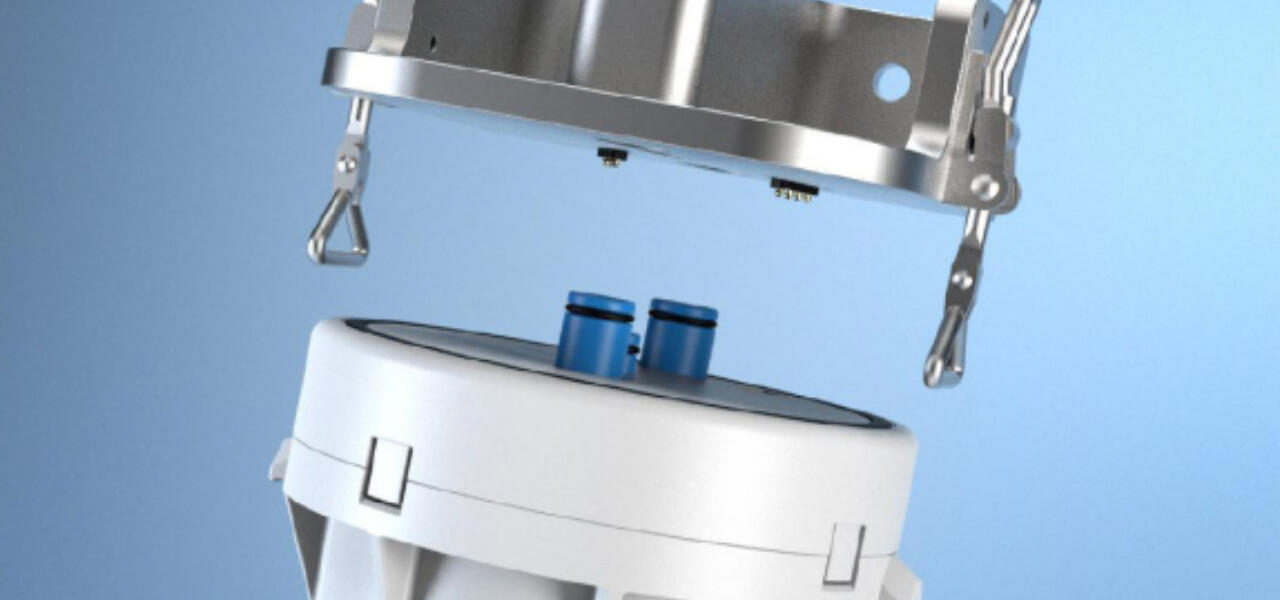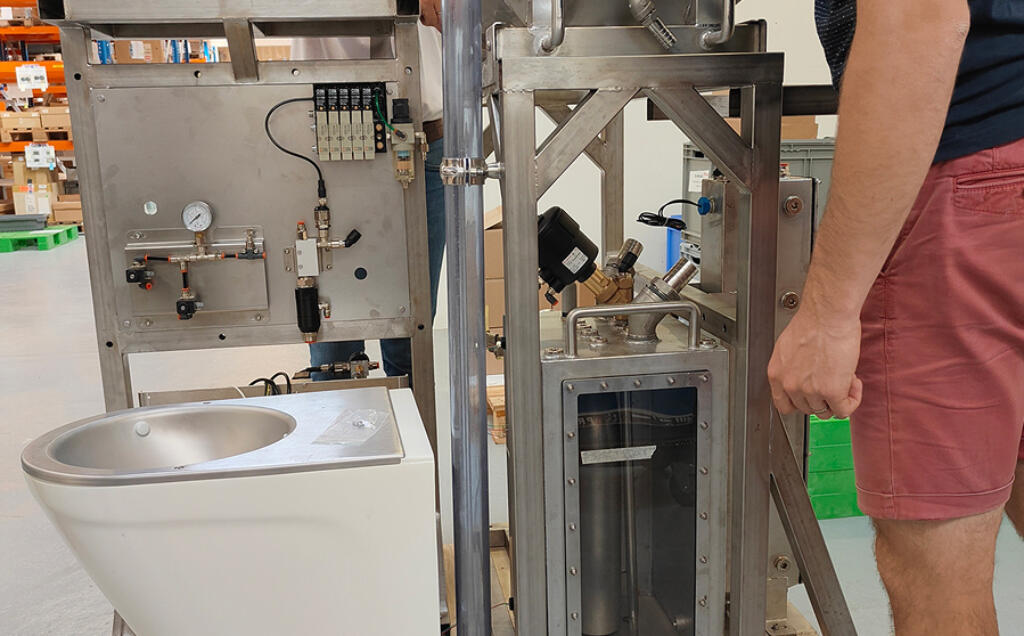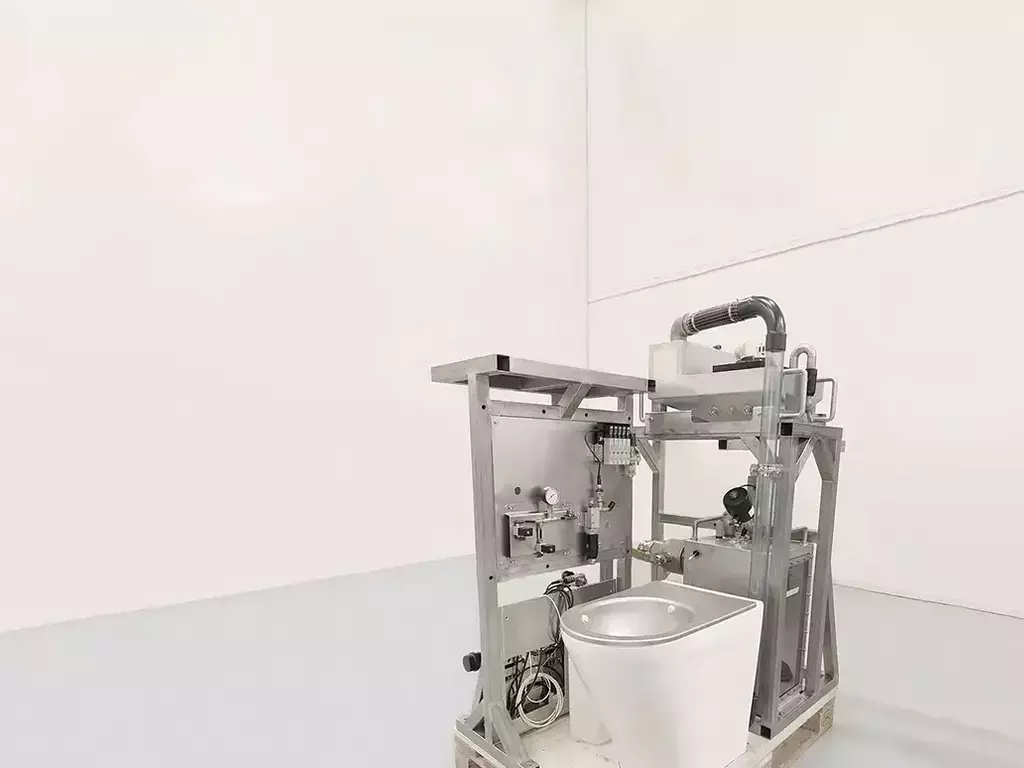SUSTAINABLE DEVELOPMENT GOALS (SDG'S)

Electrochemical sanitation and the SDGs: innovation for a sustainable world
Complex interplay
Even today, with all the technology available, access to safe and effective sanitation remains challenging, particularly in peri-urban, rural, and underserved urban areas. This is due to a complex interplay of social, economic, and environmental factors: rapidly growing peri-urban areas for instance often lack proper infrastructure and planning, while dispersed population and challenging terrain drive up the cost of providing sewage networks, et cetera.
Today’s mainstream options for domestic waste water treatment are unable to effectively address this complex interplay. They are mostly based on large centralised systems, built for thousands of people, requiring significant space, energy, resources, infrastructure, et cetera. Not all types of environments can meet these requirements. Furthermore, mainstream options involve biological treatment methods, resulting in CH₄ and N₂O production. Thus, numerous communities worldwide remain cut off from easy access to sustainable sanitation.

Decentralised solution
If we look beyond mainstream options, however, decentralised solutions, and in particular electrochemical treatment of sanitation water, may offer a viable and sustainable alternative. Contrary to what the name may suggest, electrochemical water treatment does not imply adding chemicals but makes use of electric currents. Sludge can thus be collected in a chemical free, safe and hygienic way.
What is more, this innovative technology does away with most of the restraints imposed by mainstream waste water management: it is a compact system taking up minimal space, the low amount of energy required can be generated locally by renewable sources, there is no need for extensive sewage networks, black water storage is minimized to prevent greenhouse gas formation, et cetera.
Advancing the Sustainable Development Goals
SDG 6:
Clean water and sanitation
Thanks to this technology, illegal discharge of contaminated water into the environment – which may lead to, e.g., parasitic infections or eutrofication – can be eliminated. The technology is also highly efficient, saving precious sources of fresh water for drinking water. Easily adaptable to all types of environments, it can help raise hygienic standards worldwide.

SDG 8:
Decent work and economic growth
By using cartridges containing the advanced technological components, an electrochemical sanitation system can be assembled without the need for advanced technical knowledge or skills. The technology also does away with the need for expensive hydrocleaners. What's more, the dry sludge collected through the system can be used for biogas.

It’s not hard to see then how electrochemical water treatment may mark a significant breakthrough in advancing the SDGs worldwide, in particular SDG 6 and 8.

Real-world impact

A case study in mobile sanitation
Today, waste water is often stored in large tanks that must be emptied multiple times per week. Electrochemical sanitation enables reliable, high-quality, and on-demand toilet water treatment, all while taking up very little space.

NOAH has perfected electrochemical technology into highly efficient and sustainable waste water solutions for NSS (Non-Sewered Sanitation)
Key advantages of electrochemical water treatment

Maximum flexibility
Electrochemical water treatment can be used in a variety of configurations, from basic, locally built systems to high-tech systems with advanced electrodes meeting the highest standards for waste water management. Likewise, the technology can be used in diverse settings, even in off-grid environments, such as transport, construction sites or remote areas. The technology can also handle various sources and combinations of waste water: from highly concentrated vacuum toilet water to ‘standard’ black water and domestic wastewater (grey and black).

Lower carbon footprint
Methane (CH₄) emissions from waste water treatment plants mainly stem from CH₄ formed in sewers, anaerobic treatment and from sludge handling processes. Since NSS units operate without sewers, there are no CH₄ emissions from septic tank collection or sewage transport. Additionally, the sludge obtained after electrochemical treatment is inactivated, preventing CH₄ formation. Similarly, nitrous oxide or N₂O—a greenhouse gas that is 250 times more potent than CO₂—is not produced, as the electrochemical process does not involve denitrification and ammonia-oxidizing bacteria.

Positive spill-over effects
While generating clean water, the NOAH NSS solution simultaneously provides other benefits. The electrochemical sanitation system achieves high phosphorus removal and high COD and heavy metal removal, eliminating the need for extra investments and materials. When adding a secondary electro-oxidation step, the effluent can be fully disinfected without the extra addition of chloride, inactivating bacteria while saving again on materials and energy.

Reuse
This fully disinfected effluent meets European discharge standards, making it safe for reuse. Possible applications include:
- Pumping into a holding tank for toilet flushing
- Irrigation for gardening
If reuse is not permitted due to, e.g., religious or legal reasons, the high-quality effluent can be safely infiltrated into the soil or discharged into surface water.

Conclusion
The NOAH NSS solution presents a groundbreaking approach to waste water treatment, offering a safe, compact, energy-efficient, and decentralized alternative to conventional systems. Unlike traditional wastewater treatment plants, which require extensive infrastructure, the NOAH electrochemical systems operate without sewers, minimizing greenhouse gas emissions. The technology ensures safe, on-demand treatment, with fully disinfected effluent that meets European discharge standards and can be reused for various means. Additionally, its modular design allows installation in small spaces, making it ideal for (mobile) sanitation in transport and off-grid locations.
Beyond environmental benefits, NOAH electrochemical sanitation can also significantly advance universal access to clean water and sanitation (SDG 6) and decent work and economic growth (SDG 8). It reduces water contamination, prevents open defecation, and conserves fresh water by optimizing reuse. The system is designed for local manufacturing and maintenance, creating economic opportunities without requiring high technical expertise. By offering a cost-effective, scalable, and eco-friendly alternative, NOAH electrochemical sanitation solutions are a key enabler of both resilient businesses and communities.
